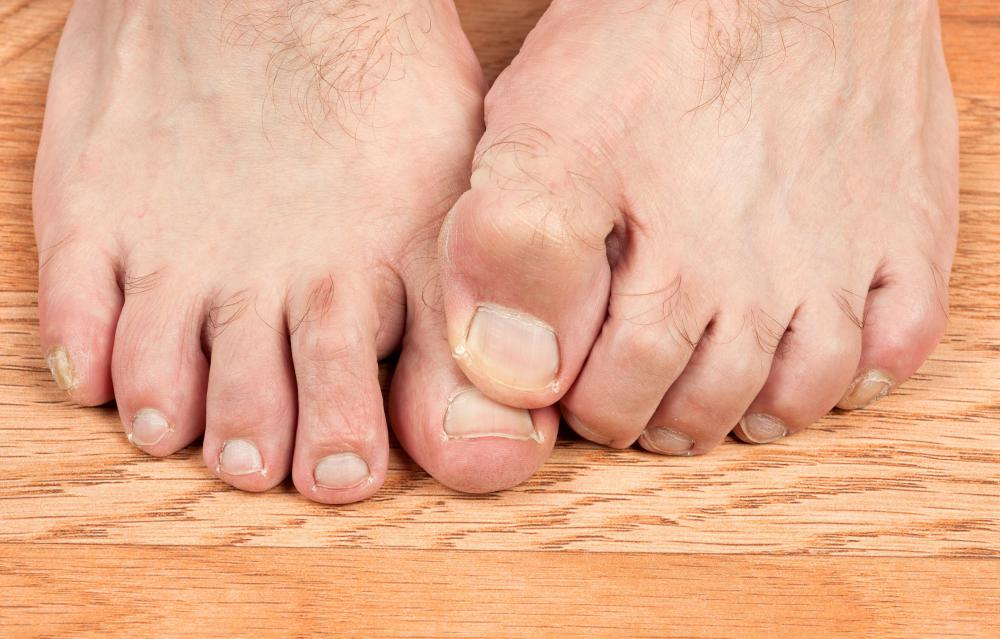At WiseGEEK, we're committed to delivering accurate, trustworthy information. Our expert-authored content is rigorously fact-checked and sourced from credible authorities. Discover how we uphold the highest standards in providing you with reliable knowledge.
What Is Ancylostomiasis?
Ancylostomiasis occurs when a human is infected with a certain type of parasitic worm, colloquially known as the hookworm. These parasites are usually picked up from sand or soil, and after burrowing into the skin, they make their way to the small intestine. People who have ancylostomiasis may experience some mild gastrointestinal problems at first. As the number of worms in the small intestine grows, weigh loss and anemia are common.
Many types of hookworms can infect mammals, but only two species can infest humans — Necator Americanus and Ancylostoma duodenale. These two species of hookworm are also sometimes referred to as the new world hookworm and the old world hookworm, respectively. Ancylostomiasis occurs when a human is infected with Ancylostoma duodenale.

Humans often contract ancylostomiasis when they come in contact with infected feces. This can occur without a person's knowledge when he walks barefoot through soil or sand. The eggs of this type of hookworm are usually found in feces on the ground. After the eggs hatch, the larvae can survive without a human host for several weeks.
Once the larvae comes in contact with human skin, it will burrow its way through it. After entering a human body, it will make its way into the blood vessels and eventually into the small intestine. When it is inside the intestine, it will attach itself to the wall of the intestine, where it sucks the blood of its host.
One of the first signs of ancylostomiasis is a rash where the hookworm entered the skin. This usually occurs of the foot, and it may appear almost immediately after contact. The rash often itches, and it is sometimes called ground itch.

After the hookworm attaches itself to the intestinal wall, a person may suffer from mild abdominal pain. Nausea, vomiting, and diarrhea may also be signs of this intestinal infection. As the hookworm matures, it can lay thousands of eggs, resulting in a more serious infestation. An individual with a serious case of ancylostomiasis could suffer from malnutrition, weight loss, and anemia if this condition is not treated.
Treatment for ancylostomiasis generally involves the use of antiparasitic drugs. These are usually very effective most of the time. If a patient has become anemic, iron supplements may also be necessary.

Ancylostomiasis is typically most common in areas with poor waste management systems, particularly underdeveloped countries. Generally, inhabitants of sub-tropical and tropical regions are more susceptible to this infection, since these warm moist conditions usually help these parasites thrive. This infection can happen in developed parts of the world as well, however, including the southern parts of the United States.
AS FEATURED ON:
AS FEATURED ON:













Discuss this Article
Post your comments